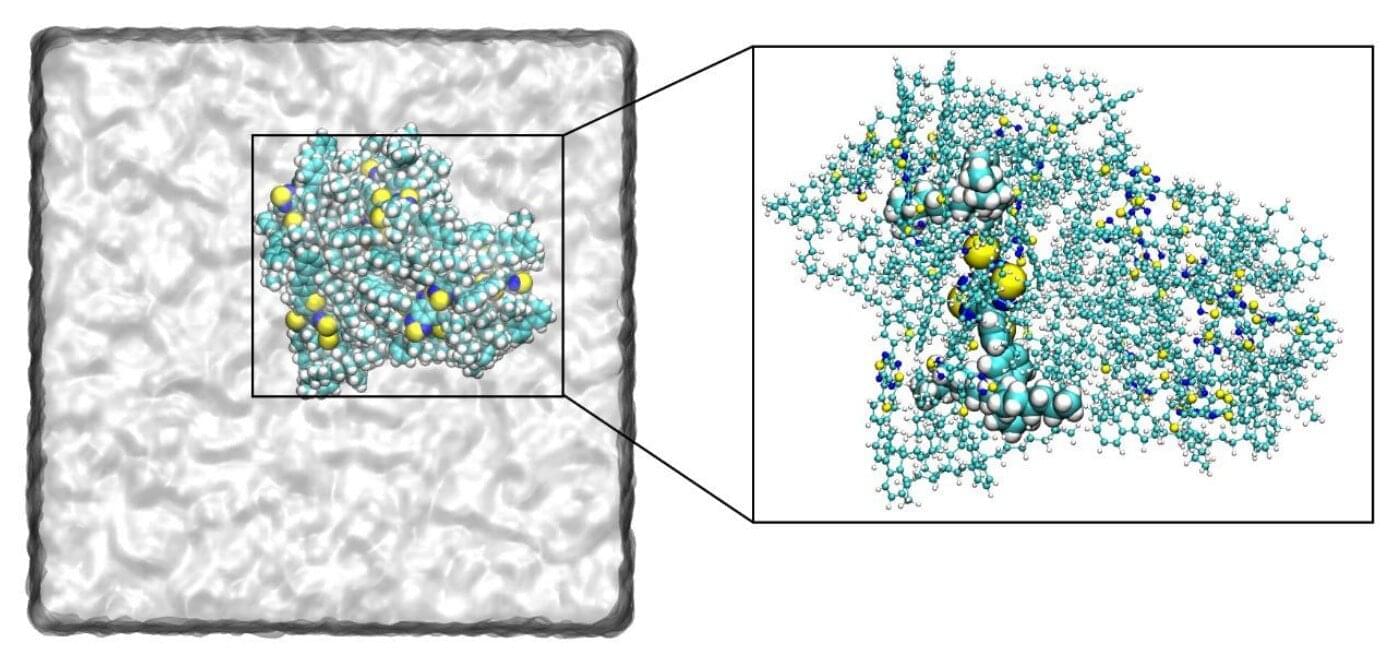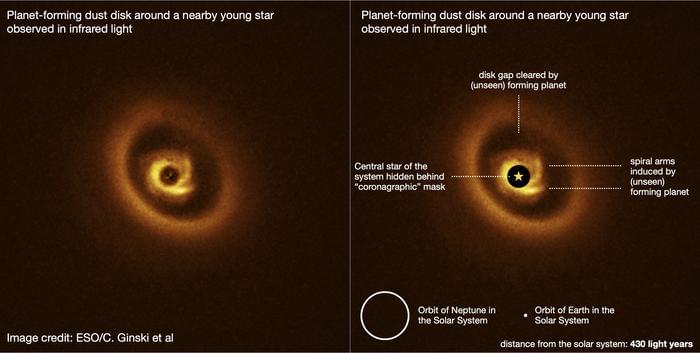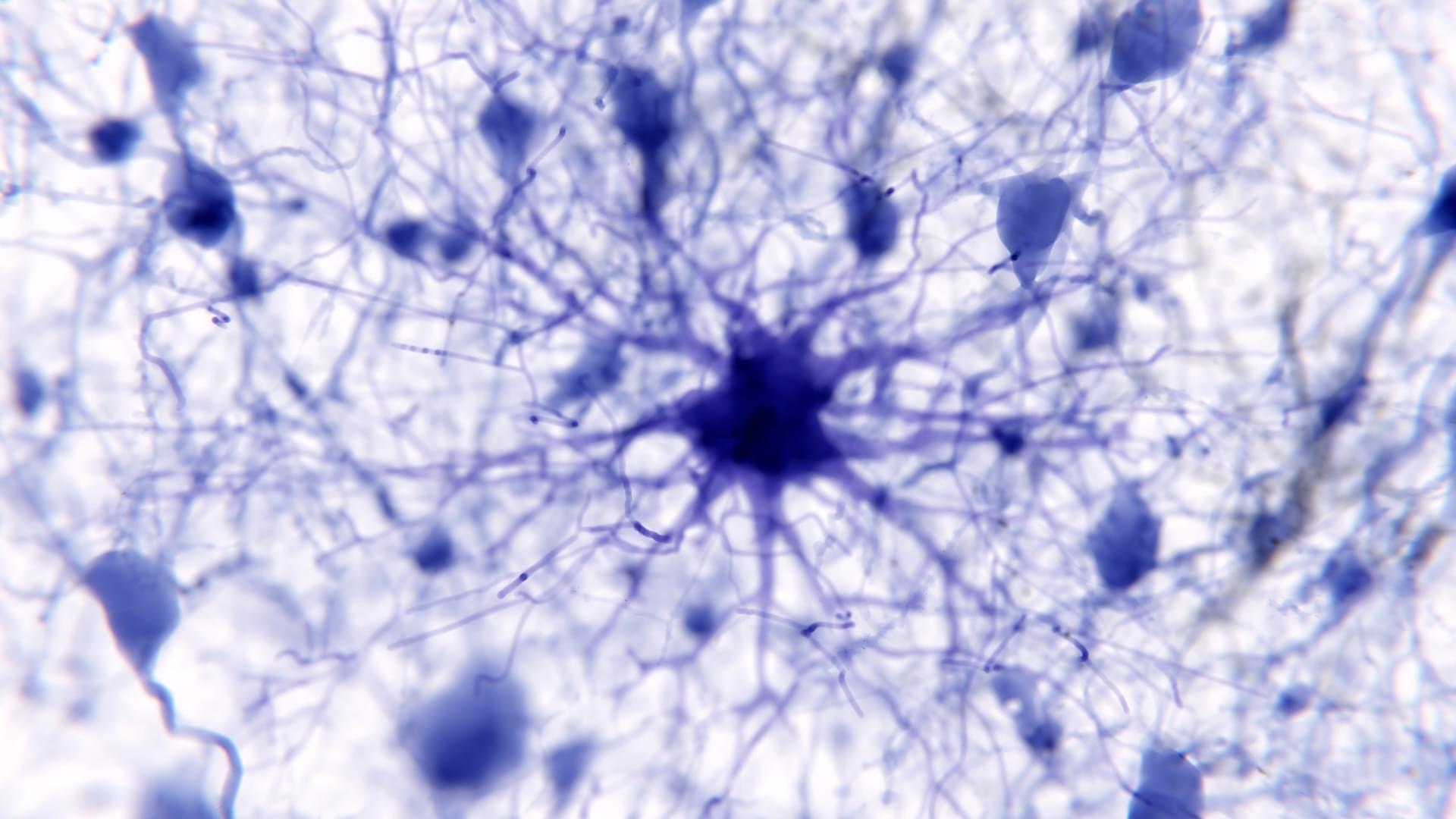Momentum is building behind a variety of therapies that can slow, stop or even reverse the most advanced form of the eye condition age-related macular degeneration.



Breast cancer is the most prevalent malignancy among women worldwide. Phototheranostics—an approach that uses light both to detect and treat cancerous lesions—has drawn growing attention due to its potential advantages, including light-triggered, non-invasive real-time diagnosis and simultaneous in situ therapy.
One promising strategy in light-based cancer treatment is photothermal therapy (PTT), which employs photothermal agents—ideally with tumor-targeting capability—to convert light irradiation into localized heat. However, challenges remain in the clinical translation of PTT, particularly the risks of overheating and damaging healthy tissue, as well as the potential failure to effectively ablate tumors.
In a study published in PNAS, a team led by Zhang Pengfei from the Shenzhen Institutes of Advanced Technology (SIAT) of the Chinese Academy of Sciences, in collaboration with Jong Seung Kim from Korea University, Jonathan L. Sessler from the University of Texas at Austin, and Zhou Hui from the Nanjing University of Posts and Telecommunications, developed a dual-laser PTT (DLPTT) strategy for breast cancer therapy.






Xanadu has achieved a significant milestone in the development of scalable quantum hardware by generating error-resistant photonic qubits on an integrated chip platform. A foundational result in Xanadu’s roadmap, this first-ever demonstration of such qubits on a chip is published in Nature.
This advance builds on Xanadu’s recent announcement of the Aurora system, which demonstrated—for the first time—all key components required to build a modular, networked, and scalable photonic quantum computer. With this latest demonstration of robust qubit generation using silicon-based photonic chips, Xanadu further strengthens the scalability pillar of its architecture.
The quantum states produced in this experiment, known as Gottesman–Kitaev–Preskill (GKP) states, consist of superpositions of many photons to encode information in an error-resistant manner—an essential requirement for future fault-tolerant quantum computers. These states allow logic operations to be performed using deterministic, room-temperature-compatible techniques, and they are uniquely well-suited for networking across chips using standard fiber connections.

Some autistic traits related to challenges with social interaction, mental flexibility and visual perception could be alleviated through a new, noninvasive therapy. A team of researchers, including those from the University of Tokyo, found that stimulating nerve cells when the brain becomes “stuck” in a certain state improves flexibility and relieves some autistic behaviors. The procedure utilized transcranial magnetic stimulation (TMS), which is already used to treat certain mood disorders, in a novel manner.
The study is published in the journal Nature Neuroscience.
Over 40 adults with a mild form of autism participated, and the therapeutic effects lasted for up to two months after the last session. This study could contribute toward projects enabling new treatments.